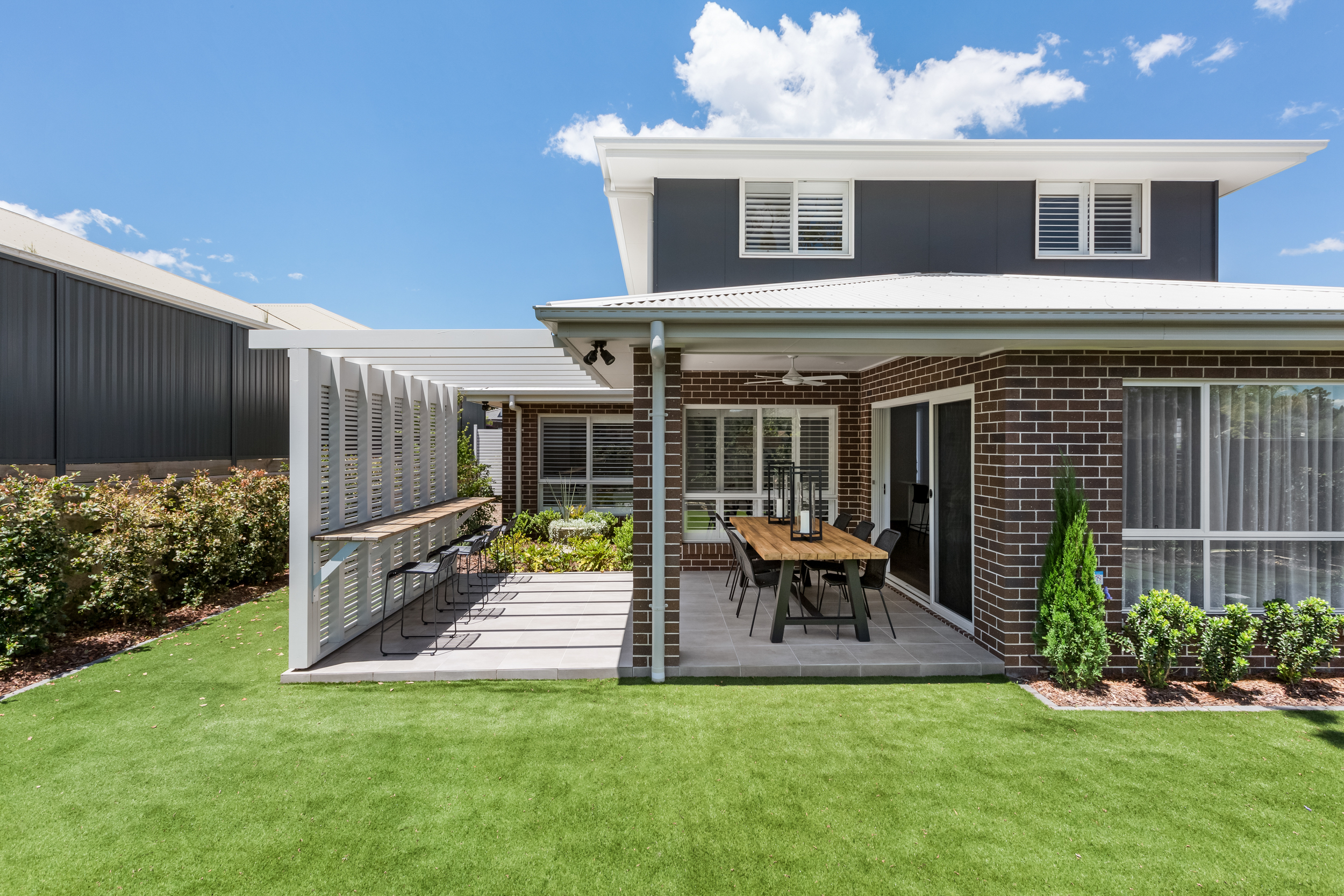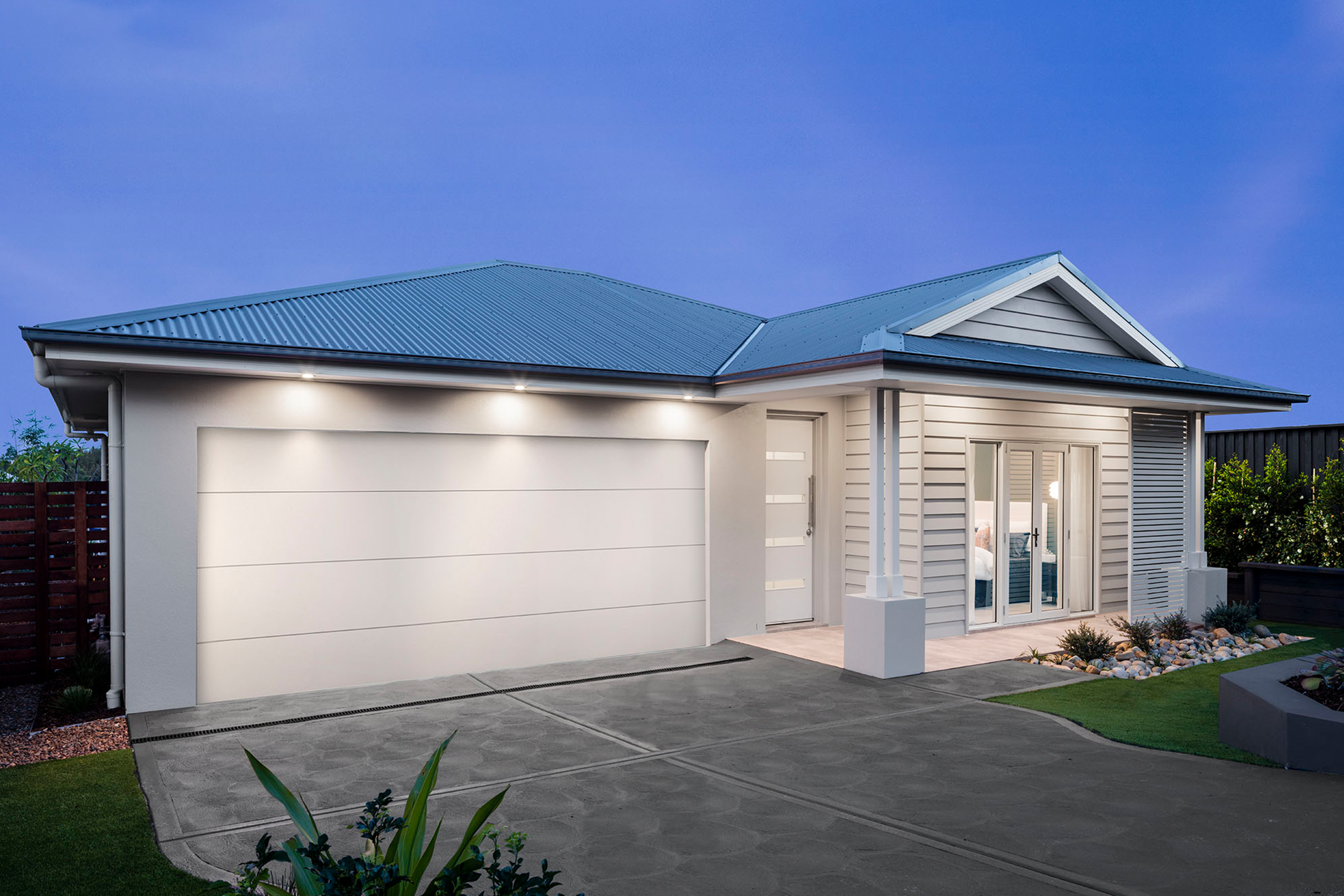Home Building Process
Getting to know common building terminology
Do you know your Eave from your Easement? Would you know what was going on if a builder told you you need aluminium screens due to BAL requirements? If you’re building a new home, it’s helpful to be able to understand some commonly used building terminology. Below are a few good ones to get you started!
Easement
An easement is a section of land registered to your property, that others have the right to use for a specific purpose. A good example is a shared driveway - the land the driveway is on might technically be owned by you, but it is used by other residents to access their homes. It’s important that you’re aware of any easements on your property and their terms, for example how to proceed if your lot has an easement and how it affects your new home.
Eaves
Many people might already know that eaves are the parts of your roof that extend past the walls of your house. But, did you know that well placed eaves can save you money? One of the key purposes of eaves is to provide shade for windows. Seeing as most of the heat that’s transferred into and out of a home occurs through the windows, strategically placed eaves can help ensure you get sunlight through your windows in winter, and shade from the sun in summer, cutting down on your heating and cooling bills!
Cut & Fill
Cutting & filling is builder speak for moving earth from one place to another. It’s a very common technique, used to make the ground more level. Where the ground level is higher than desired, earth is ‘cut’ and then used to ‘fill’ an area that’s currently lower then the desired ground level. Simple!
BAL
BAL, or Bushfire Attack Level, measures the level of risk to your property in the event of a bushfire and dictates whether or not specific materials need to be used in construction. There are six BAL ratings, from BAL-LOW (level of risk not sufficient to warrant specific construction requirements) to BAL-FZ (Flame Zone). If your property has a high BAL rating, specific construction materials need to be used. Learn more about BALs here.
Substation
Substations are like small power stations. They convert higher voltage electricity into the lower voltage required by homes and businesses and are an important part of the electricity network. They need to be relatively close by, as the further away they are from the area they’re designed to service, the less reliable the power will be in that area. Like any electrical equipment, substations generate a small level of EMF (Electric & Magnetic Fields), however it’s only a small fraction of our national guidelines for safe exposure.
You’re bound to come across plenty of other terms during your House & Land purchase journey that you might need some help with. That’s what the experts are for! Our Thrive Homes experts can easily answer any questions you may have. You can get in touch with us here.



